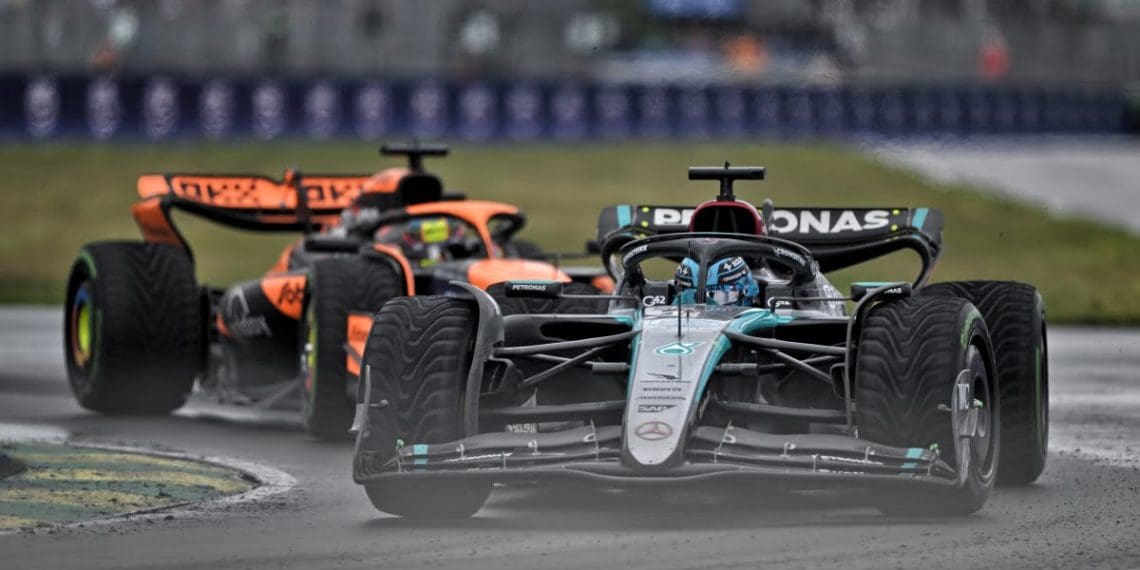In the recent Canadian Formula 1 Grand Prix, McLaren noticed signs in Monaco that indicated Mercedes would pose a threat. Mercedes had not achieved a podium finish in the first eight races and was far behind the leading trio. However, Mercedes insisted that they had overcome their setbacks and were on track with their W15 machine. True to their optimism, Mercedes proved their worth at the Circuit Gilles Villeneuve, with George Russell securing pole position and the team’s first podium finish of the year, with a third place.
Stella from McLaren was confident that Mercedes would join the battle at the front, based on intermittent indicators from previous races. He believed it was only a matter of time before Mercedes consistently achieved the lap times they had shown on a few occasions. Stella expressed his belief to Autosport, stating that Mercedes was one of the fastest teams based on their lap times in Monaco and previous events. He acknowledged that McLaren had not been able to match those lap times in the same stage of the weekend, even with low fuel and engine performance. Stella recognized the potential of Mercedes and their progress in harnessing it.
The sudden improvement in Mercedes’ performance can be attributed to the introduction of a new front wing in Monaco. This new component solved the balance issues that were limiting their speed. Previously, Mercedes faced difficulties on circuits that required the car to be optimized for both high-speed and low-speed corners throughout a lap. However, onboard images revealed that the latest specification front wing made the W15 much easier to control for the drivers. Stella commented that it was not surprising that Mercedes unlocked performance by working on the front wing. He suggested that the previous front wing may have been too experimental or not performing as expected. With their new development, the front part of the Mercedes seemed to be very strong, and the drivers barely needed to turn the steering wheel to navigate the corners.










